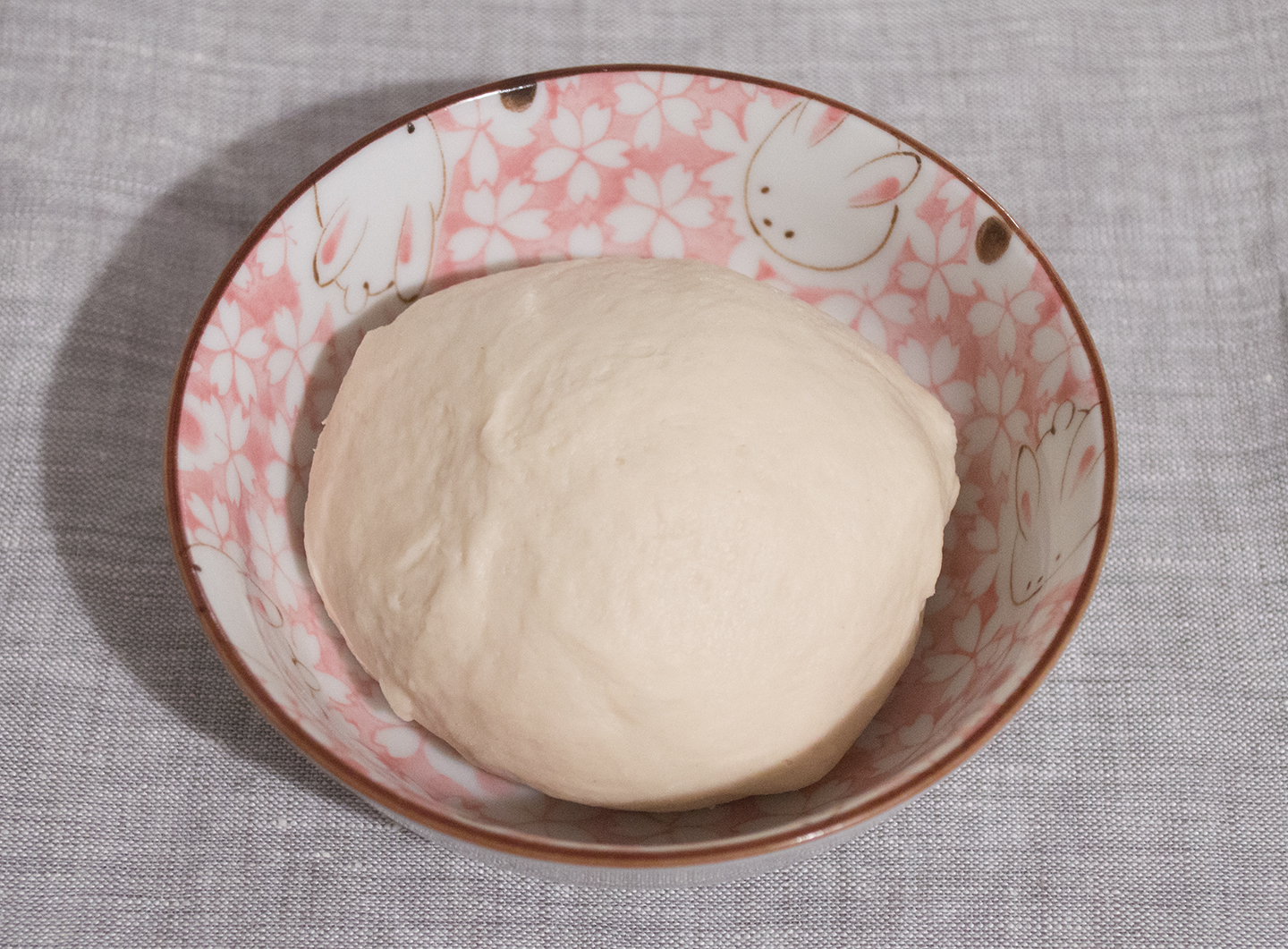
When I was growing up, I used to eat a steamed bun for breakfast almost every day. It was the perfect size for my little hands to hold and eat, while getting ready for school. Slightly chewy and super fluffy, I always wondered if I would be able to make my own one day, just as good as the ones from the store.
It wasn’t until recently that I started to actively test out recipes. I started with taro buns, but the bun texture just wasn’t right. After months of trying to troubleshoot my recipe, I finally found my problem and fixed it accordingly. Since then, I’ve made a proper batch of taro, some beef and chive, lotus leaf, and red bean buns. I can’t wait to make some custard-filled ones!
This recipe makes some deliciously fluffy steamed buns, and I’m so happy to share it with you!
Recipe for Bāozi Pí (包子皮) - Steamed Bun Dough
- About 700g Steamed Bun Dough
- Preparation:
- Cooking:
- Waiting:
Ingredients
Starter Dough:
- 200g (about 1½ cups, plus 1½T) Hong Kong Flour
- 125ml (4¼oz) Water
- 1g (¼t) Active Dry Yeast
- 80g (about 3oz) Fermented Dough, optional
Dough:
- 215g (about 1⅔ cups, plus 1T) Hong Kong Flour
- 9g (2t) Baking Powder
- 110ml (3¾oz) Water
- 35g (about 2T, plus 2½t) Granulated Sugar
- 25g (about ¼-cup, plus 2T) Instant Nonfat Dry Milk
- 2¼g (½t) Baking Soda, optional
- Starter Dough
- 20g (about 1½T) Lard or Vegetable Shortening
- 2½g (½t) Vanilla Extract, optional
Procedure
Begin with the Starter Dough:
- In a small bowl, mix all of the water with 25g of flour. Place the mixture over a bain marie, and continuously stir with a spatula until the contents come to 150°F (65°C), or when you begin seeing lines made with the spatula. Take the bowl off the bain marie.
- Bring the temperature of the starter down to 110°F (43°C) before adding the yeast and the rest of the flour. Mix well.
- **If you have made this recipe before, and have fermented dough from a previous batch, you can mix in this dough for extra flavor.**
- Set aside at room temperature, covered with plastic film, for 4-6 hours.
Mix the Dough:
- In a stand mixer bowl with a hook attachment, bring together the flour and baking powder. Dissolve the sugar and milk in the water and add it to the dry ingredients. If you are using baking soda, add it to the sugar and milk before pouring it all into the mixer bowl. Once the dough starts to come together, add the starter dough. Mix on *Speed 2* for 3 minutes. Turn off the mixer, make a pocket in the middle of the dough, and add the lard or shortening. Put the mixer on *Stir* speed for 3-4 minutes, or until the dough becomes supple and matte.
- Take out roughly 80g of dough to use as fermented dough for the next time you may want to make buns.
- Divide evenly and shape the dough for your desired use.
*Bunny Wisdom*
- A bain marie is what I use to keep the temperature from going to high. I place some water in a saucepan, bring it to a steady simmer, and nest the bowl over the pot, avoiding direct contact with the water and the intensity of the flames.
- The initial cooking of the water and part of the flour is called tangzhong, a water roux that helps the final product have a fluffy and tender texture.
- Make sure your roux has cooled enough before adding the yeast, as it can die if the temperature is too high.
- I often cover my starter for at least 6 hours, then I de-gas and place it in the refrigerator overnight, so I can have better hydration and development of flavor. The speed at which the starter grows in size and flavor depends on the ambient temperature.
- The flour with the sugar-milk mixture will look quite dry, but with the addition of the starter dough, it will come together well.
- Baking soda is used when the dough is a little sour (which happens sometimes because of the fermented steamed bun dough), but this also means that it can change the color of the finished steamed bun; the bun skin can turn a little yellow, but this is purely cosmetic.
- Add about ½t of vanilla extract if you're making a batch of sweet buns. You can also add coloring to the dough to match your filling (e.g. purple for taro, yellow for custard, etc.).
- I like to set aside about 80g of dough, to use as fermented steamed bun dough the next time I want to make steamed buns. This is the secret some restaurants use to make their dough extra flavorful. To ferment the dough, wrap in plastic wrap and allow to sit in the refrigerator for up to 5 days. If the dough will not be used within this time, it can be frozen for later use, but remember to defrost before using.
- Hong Kong flour is a bleached flour that makes pretty white steamed buns. You can find it at your local Asian supermarket. If you can't source bleached flour for steamed buns, you can try and use White Lily brand.
- I divide the finished dough into 38g-balls, which makes about 16-18 pieces, for stuffed steamed buns (taro, custard, red bean, savory, etc.); and 32g-balls flattened into lotus leaf buns, which makes about 18-20 pieces.
**Here are some of the ingredients I use for this recipe. Please, feel free to browse and ask questions on what you see listed below.**

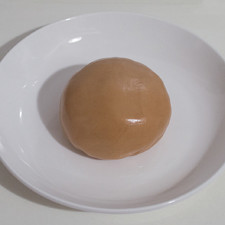
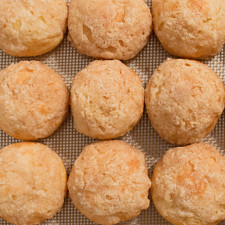
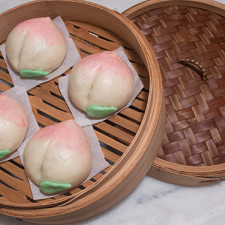
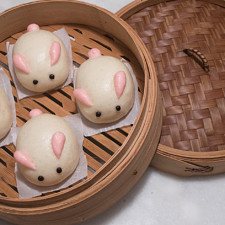
3 thoughts on “Bāozi Pí (包子皮) – Steamed Bun Dough Recipe”
Jean D.
Grace Hsui
Jean D.